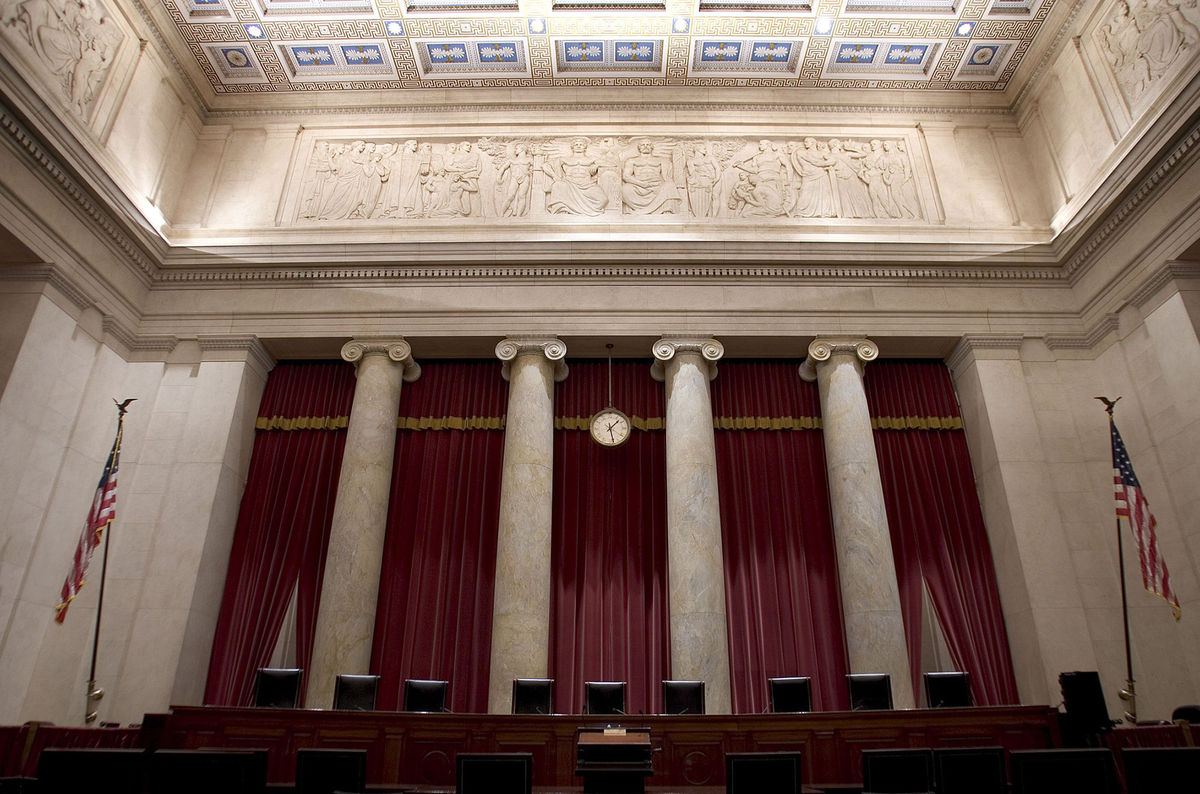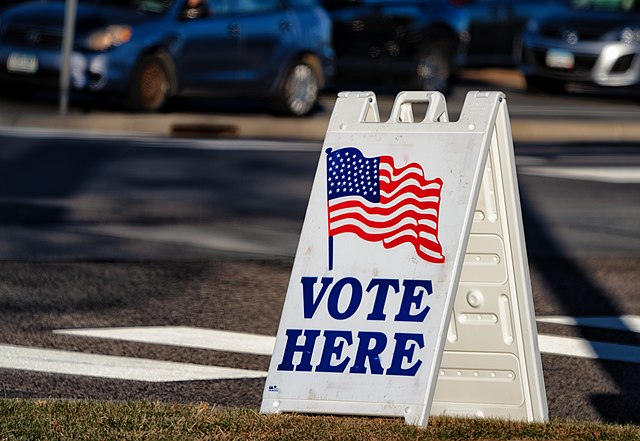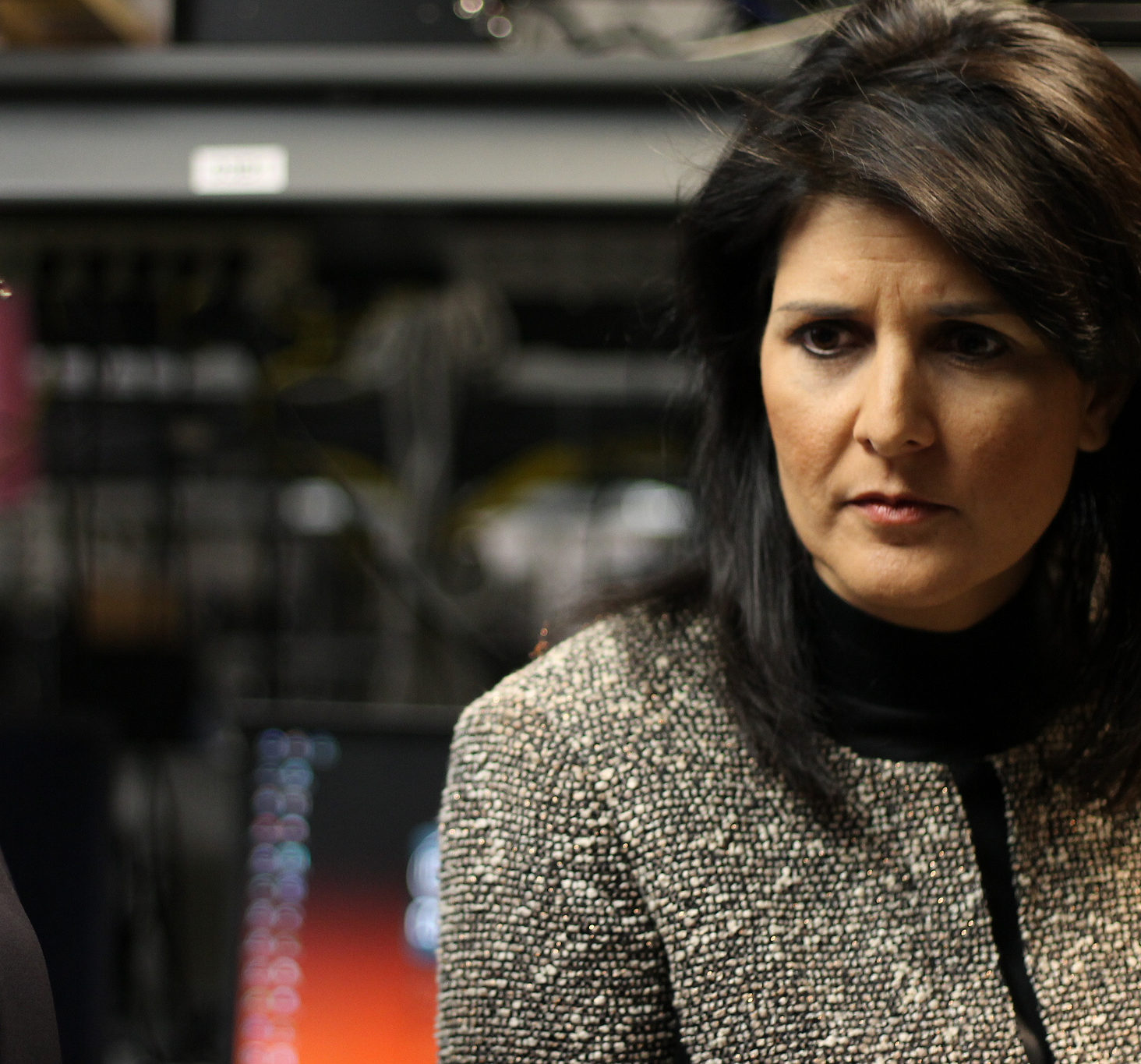Pro-life advocates have been left outraged after two justices on the highest court in the land broke with their conservative contingent on the bench to seemingly hand a victory to liberals. Although the federal-level legal dispute does not directly involve abortion, the U.S. Supreme Court has left in place previous lower court rulings intact that have Planned Parenthood and abortion activists feeling victorious.
The issue came forth after the Center for Medical Progress, a staunch anti-abortion group, released undercover videos back in 2015 that showed affiliates of Planned Parenthood discussing the sale of fetal tissue. Garnering critical condemnation of the abortion rights organization, the “Daleiden videos” caused several states to immediately terminate Medicaid provider agreements with the group’s affiliates.
In the current Supreme Court hearing to decide standing for the case, Kansas and Louisiana argued that Medicaid does not allow individual patients to sue if state officials refuse to cover a provider’s non-abortion services because the provider sometimes separately performs abortions. Fetal tissue is used for research purposes, but researchers that rely on it are supposed to only pay for processing and shipping costs so a provider may retain non-profit status. The Department of Health and Human Services is now deciding whether to stop funding fetal tissue research.
In 2017, the Tenth Circuit Court of Appeals told Kansas that they were wrong to to end Planned Parenthood’s Medicaid funding, writing that states cannot cut off funding for reasons “unrelated to the provider’s competence and the quality of the healthcare it provides.” Four other appellate courts have ruled that Medicaid patients have the right to access the provider of their choice, but the Eighth Circuit has held that states do have the right to terminate a provider’s Medicaid contract and that residents cannot challenge that decision.
Current law prohibits the federal funding of abortions except in the case of rape, incest, and protecting the life of the expectant-mother, even though Planned Parenthood received $525 million in taxpayer dollars.
Nevertheless, the question centered in Gee v. Planned Parenthood of Gulf Coast and Andersen v. Planned Parenthood of Kansas and Mid-Missouri was whether the provisions of Medicaid requiring states to include in their plans the ability of eligible individuals to obtain services from any “qualified” provider grant states broad authority to exclude providers for violating state or federal requirements. The plaintiffs argue that “Congress clearly and unambiguously intended to create an implied private right of action to challenge a state’s determination that a provider is not ‘qualified’ under the applicable state regulations.”
The aspect that has people (mainly Republicans) up in arms over the decision for the Supreme Court not to hear the case is that two justices from the conservative block on the bench, Chief Justice John Roberts and Associate Justice Brett Kavanaugh, sided with the liberal justices in rejecting the appeal. Justices Clarence Thomas, Neil Gorsuch, and Samuel Alito dissented, arguing that the court should have taken up the case – being that four votes from the nine-member court are needed to have a case argued.
“So what explains the Court’s refusal to do its job here?” Justice Thomas said in his dissent. “I suspect it has something to do with the fact that some respondents in these cases are named ‘Planned Parenthood.’ That makes the Court’s decision particularly troubling, as the question presented has nothing to do with abortion.”
The Supreme Court’s action on Monday allows the split decisions to stand in different federal circuits. Justice Thomas explained that the Court should have taken the cases to resolve conflicting findings from lower courts.
He also referenced Federalist No. 78, wherein Alexander Hamilton stated that insofar as the power of judicial review is concerned, the Supreme Court is the weakest of the three branches of the federal government, having “neither FORCE nor WILL, but merely judgment.”
“One can hardly blame the Tenth Circuit for misunderstanding,” Justice Thomas said, adding “We created this confusion. We should clear it up.”






